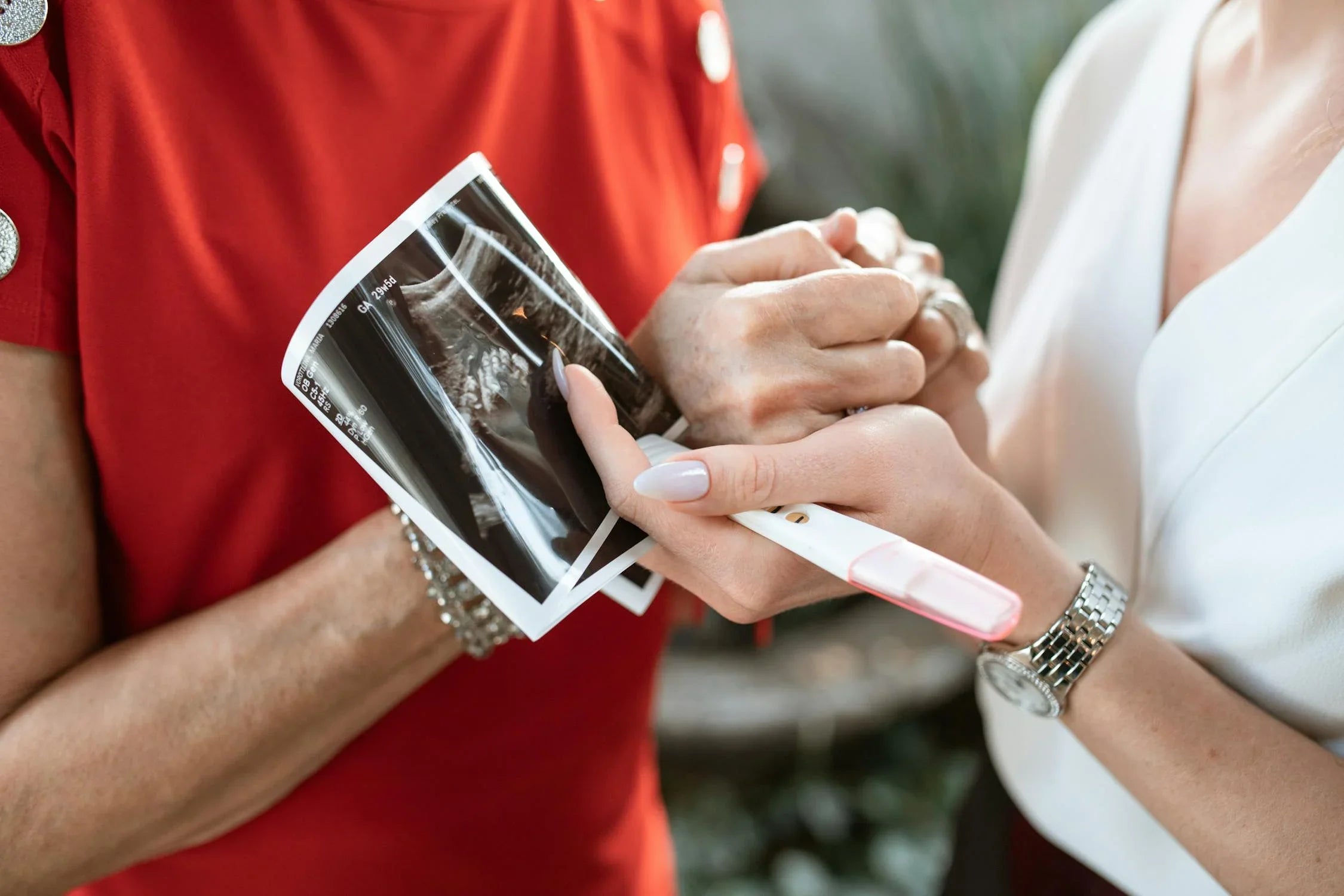Home
Pregnancy, Breastfeeding, and Pumping: The Ultimate Guide for Moms
How Does a Person Take a Pregnancy Test: A Comprehensive Guide

How Does a Person Take a Pregnancy Test: A Comprehensive Guide
Taking a pregnancy test can be a life-changing moment, filled with anticipation and curiosity. Whether you are hoping for a positive result or preparing for the next steps, understanding how to take a pregnancy test correctly is crucial. This guide will walk you through the process, explain how these tests work, and provide tips to ensure accuracy.
Understanding Pregnancy Tests
Pregnancy tests are designed to detect the presence of a hormone called human chorionic gonadotropin (hCG) in your urine or blood. This hormone is produced by the placenta shortly after a fertilized egg attaches to the uterine lining. Most at-home pregnancy tests are urine-based, while blood tests are typically conducted at a healthcare provider's office.
When to Take a Pregnancy Test
Timing is essential when taking a pregnancy test. Testing too early can lead to a false negative result. The best time to take a test is after you have missed your period, as hCG levels are usually high enough to detect by then. If you have irregular periods, consider testing two weeks after you suspect conception.
How to Take a Pregnancy Test
Follow these steps to take a pregnancy test accurately:
- Read the instructions carefully. Each test may have specific guidelines.
- Collect your urine in a clean, dry container if required.
- Dip the test strip into the urine or hold it in your urine stream, depending on the test type.
- Wait for the recommended time, usually a few minutes, for the results to appear.
- Check the results. A positive result typically shows two lines, a plus sign, or the word "pregnant." A negative result usually shows one line, a minus sign, or the word "not pregnant."
Tips for Accurate Results
To ensure the most accurate results, follow these tips:
- Use the first urine of the day, as it contains the highest concentration of hCG.
- Check the expiration date of the test to ensure it is still effective.
- Avoid drinking excessive fluids before testing, as it may dilute your urine.
- If you receive a negative result but still suspect pregnancy, wait a few days and test again.
What to Do After Taking a Pregnancy Test
If your test result is positive, schedule an appointment with your healthcare provider to confirm the pregnancy and discuss next steps. If the result is negative but you continue to experience pregnancy symptoms, consult a healthcare professional for further evaluation.
Taking a pregnancy test is a simple yet significant step in your journey. By following the proper steps and understanding how these tests work, you can approach this moment with confidence and clarity. Whether the result is positive or negative, it opens the door to new possibilities and decisions.
Share
